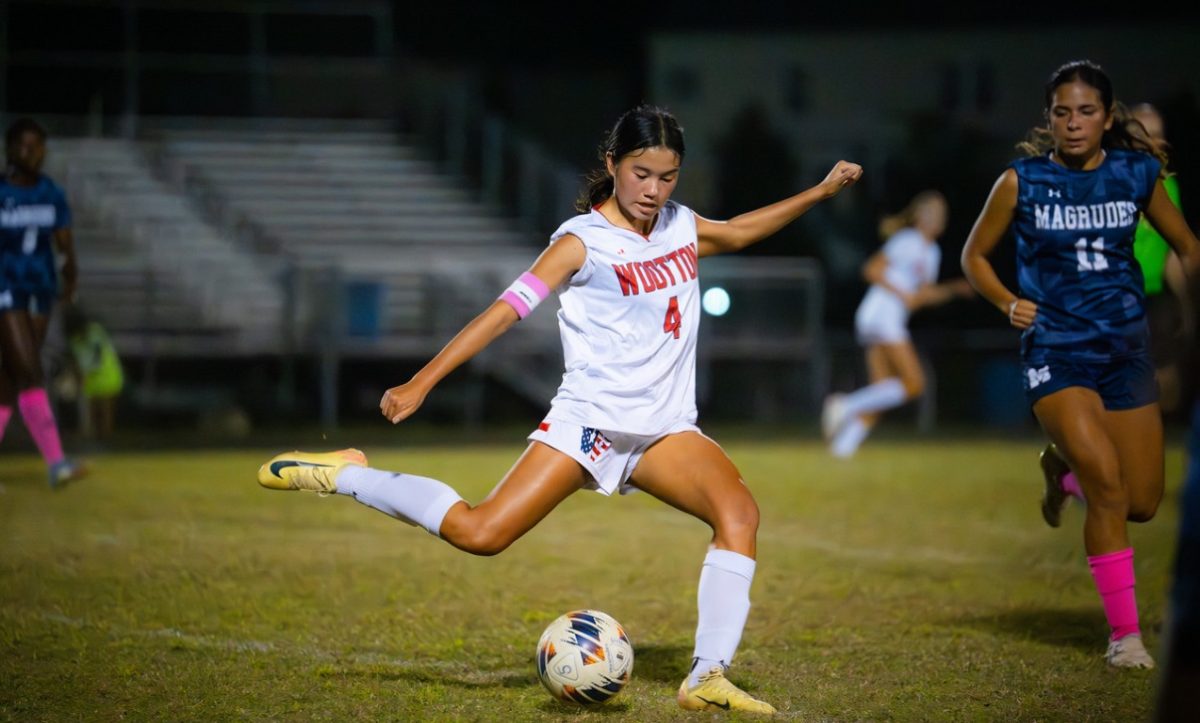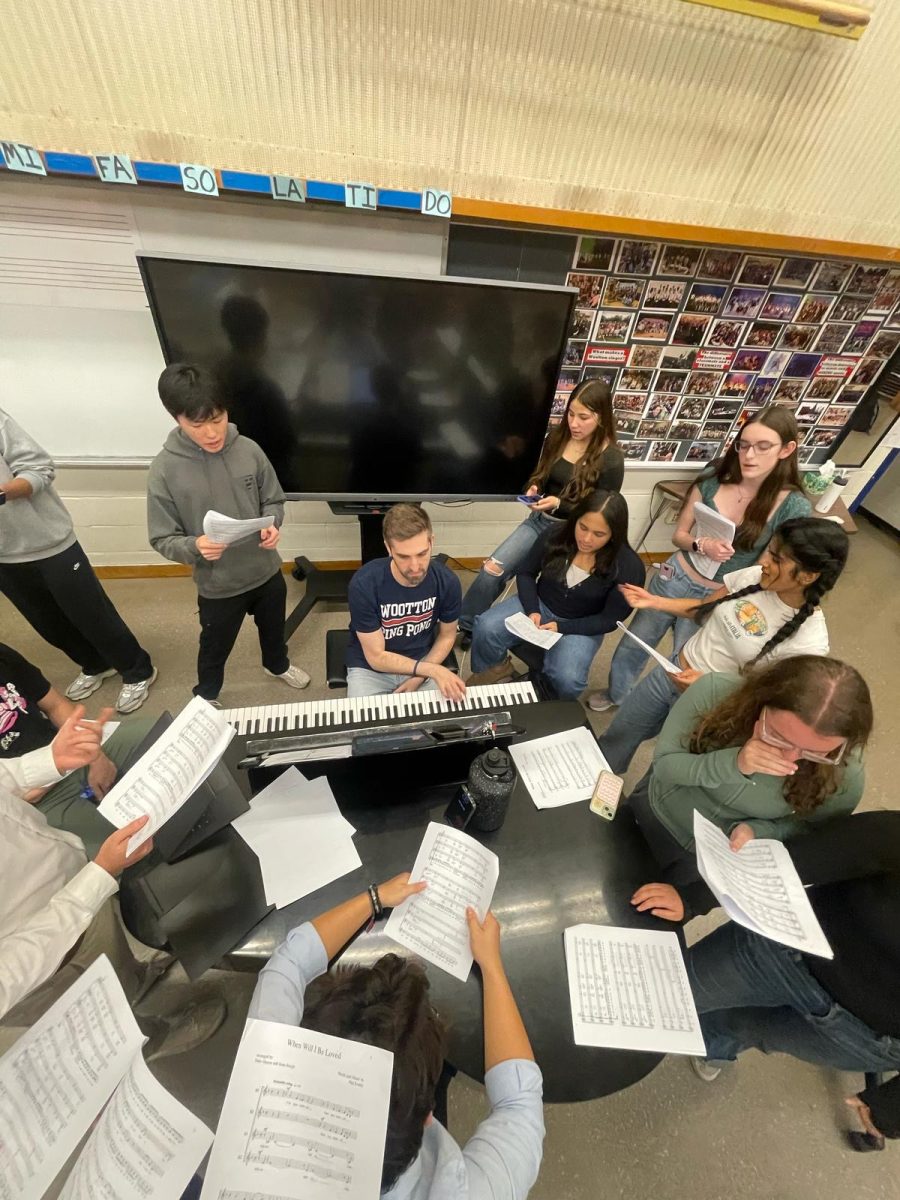At the beginning of this school year, MCPS introduced “IDs for all,” a new initiative to promote school safety and security in every high school county-wide. The program, which was introduced in this school on Oct. 30, requires students to present a valid ID to enter the school, as well as have that ID visible on their person at all times when in the building. However, with students refusing to adhere to the policy and security being loose in its enforcement, the question arises: Who is this policy protecting?
Every day, the two entrances to the school are crowded with students putting down their backpacks to get their IDs, with the policy adding extra time and annoyance to the beginning of the school day. With almost two thousand students flooding through the doors in the morning, one security guard is not enough to check each of these IDs. A student could get in with an old school ID, someone else’s ID, or just about anything they can quickly flash at the security that looks remotely close to an official ID card.
To test if this theory was true, I tried to use different things I had around the house to provide myself with entry into the school. The results? I was able to walk straight through with my ID from last year, one of my middle school IDs, and even a white gift card I found lying around.
Students who forget their ID at home or lose it altogether deal with an extra layer of inconvenience, or at least are supposed to. Initially, those without an ID had to go to the office to sign in, but that was short-lived. They now can receive a red wristband at either entrance. Qualifications to receive a wristband? None. Students do not have to show any proof of identification, nor even write their name down, all they have to do is walk over and put the wristband on. Even worse, students can easily remove it and go undetected after walking away.
Students who forget their ID or want to skip the hassle altogether will have a friend in the school let them in from a different door around the building. While all other doors are locked from the outside, they open from the inside, and although signs are posted with warnings on many of the doors, students often let people in from alternative entrances with no consequences.
Additionally, administration has implemented the second part of the new policy with no backing, as the “requirement” to have an ID visible at all times seems more like a suggestion than a rule. Countless students walk around the school with no ID showing and aren’t stopped or asked to show ID by any staff member, meaning the “protection” stops at the front gate. This portion of the policy is practically invisible.
Following the change, certain students connected their IDs to their backpacks and began leaving them visible the whole day in the building. In theory, this does prevent intruders from entering the school, but does it actually keep anyone in the building safe? Any student could still walk straight through those doors with a weapon in their bag and a horrible plan, and nothing about the ID policy will have any effect on that.
Besides the inconvenience and uselessness of the policy, MCPS has shown little transparency on what exactly it has actually prevented. Are schools safer? Has the number of intruders even decreased? Without data to back up the logic, the inconvenient policy is more a hope and prayer than an actual safety measure.







![The 2025-2026 Editorial Board Alex Grainger, Cameron Cowen, Helen Manolis, Emory Scofield, Ahmed Ibrahim, Rebekah Buchman, Marley Hoffman, Hayley Gottesman, Pragna Pothakamuri and Natalie Pak (Chase Dolan not pictured) respond to the new MCPS grading policy. “When something that used to be easy suddenly becomes harder, it can turn [students’] mindset negative, whereas making something easier usually has a better impact. I think that’s where a lot of the pushback comes from. But if you put emotions aside, I do think this change could help build stronger work ethic,” Ibrahim said.](https://woottoncommonsense.com/wp-content/uploads/2025/09/fqr5bskTXpn0LRQMmKErLuNKdQYBlL726cFXBaWF-1200x900.jpg)

